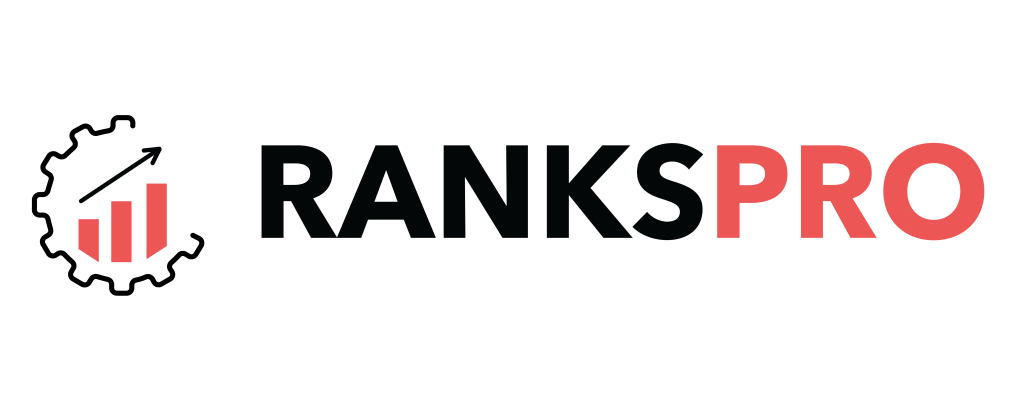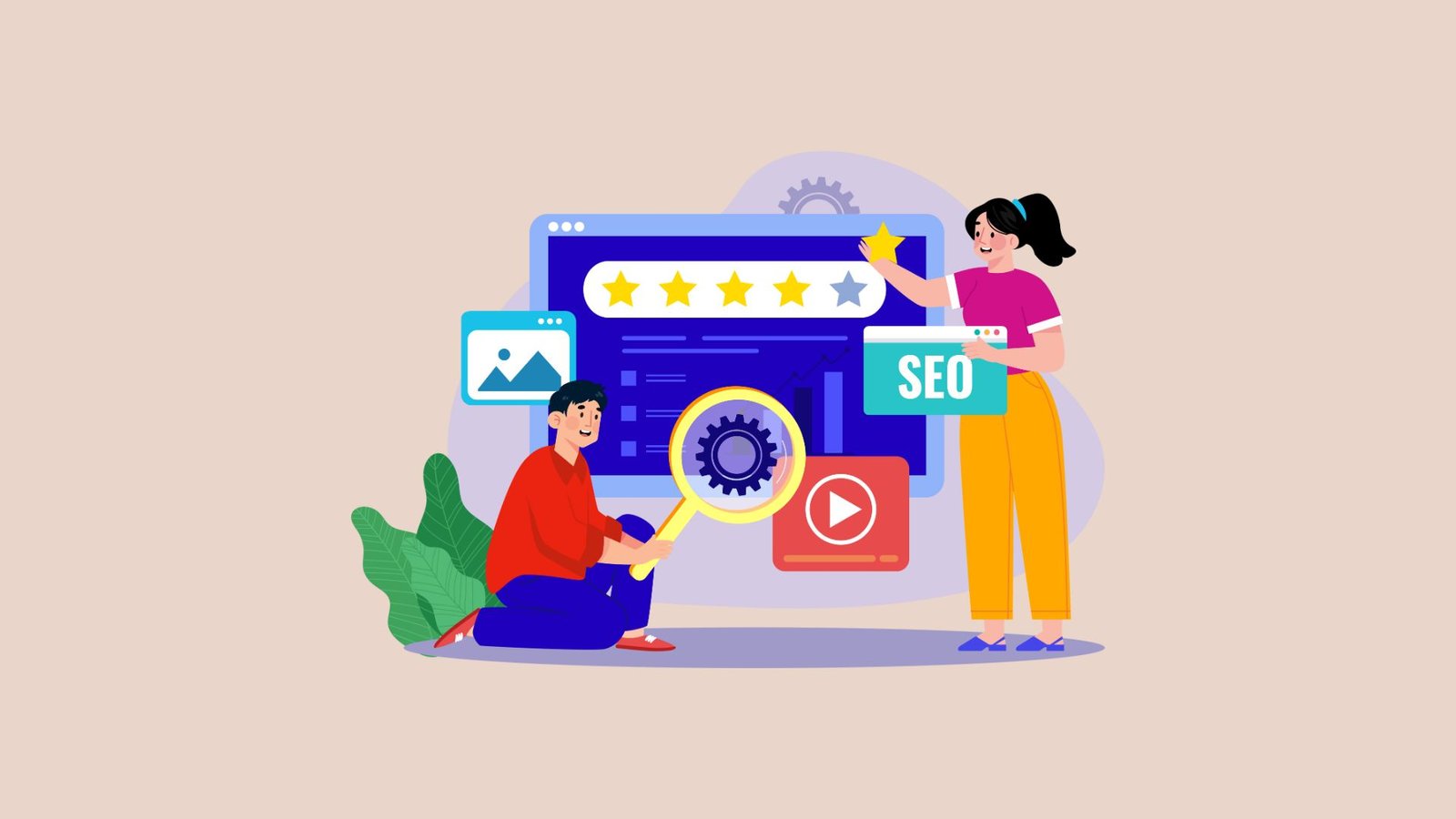The digital marketing landscape is in a constant state of flux, and the latest seismic shift comes in the form of Google’s AI Overviews. These AI-powered summaries, appearing at the very top of the search engine results pages (SERPs), are reshaping how users find information and how businesses need to approach search engine optimization (SEO).
If you’re looking to not just survive but thrive in this new era of search, understanding and optimizing for AI Overviews is no longer optional—it’s essential.
Recent studies show that AI Overviews now appear in over 50% of all Google search results, a figure that has more than doubled in the past year. This dramatic rise signifies a fundamental change in how Google delivers answers, prioritizing direct, comprehensive responses over traditional blue links.
For marketers and content creators, this presents both a challenge and a massive opportunity. This in-depth guide will walk you through everything you need to know to rank on Google AI Overviews and capture that coveted top spot.
Understanding Google AI Overviews
Before we dive into the “how,” let’s quickly break down the “what.” Google AI Overviews are AI-generated snapshots that aim to provide a direct answer to a user’s query. They are compiled from multiple sources, and the information is presented in a concise, easy-to-digest format.
An AI Overview typically consists of:
- The AI-Generated Answer: A summary that directly addresses the search query.
- Links to Sources: The websites from which the AI has pulled the information, which appear as clickable links within the overview.
- “Show More” Dropdown: An option to expand the overview for more detailed information.
The key takeaway here is that AI Overviews are designed to satisfy user intent quickly and efficiently. To rank, your content should have clear, authoritative, and trustworthy information.
Why Ranking in AI Overviews Matters
Appearing in AI Overviews (AIOs) is becoming increasingly crucial for several reasons, despite some evolving trends in search behavior. Here’s a breakdown of why you should prioritize ranking in these prominent search features:
1. High Visibility
AI Overviews are appearing in a significant portion of search results. Reports indicate they show up in approximately 19-30% of searches.

For instance, SEOClarity found AIOs in about 19% of US desktop searches, while Authoritas observed them in around 30% in some tests cited by Search Engine Land. This broad presence means that if you’re not in an AIO, you’re missing out on a substantial amount of potential visibility.
2. Navigating “Zero-Click” Searches
One of the most discussed impacts of AIOs is the rise of “zero-click” searches, where users find their answers directly within the AIO without needing to click through to a website.
Ahrefs reported a notable 34.5% drop in click-through rates (CTR) for top-ranking pages in search results heavily featuring AIOs.
While this might seem concerning, it emphasizes the importance of owning the AIO featured snippet. Even if a user doesn’t click, your brand’s information is being presented directly to them, building brand credibility and recognition.
3. Opportunities to Outrank AI Overviews
Interestingly, AIOs don’t always occupy the top spot. Data suggests that Google AI Overviews rank below position #1 in approximately 12.4% of cases. This presents a unique opportunity to outrank the AIO itself, potentially capturing even more prominent visibility and clicks.
4. Adapting to Traffic Shifts
Some publishers, like The Australian, have reported a significant drop in search traffic (20-70%) due to the prevalence of AIOs. This highlights a shift in how users consume information.

While it may necessitate a diversification of traffic sources, it also underscores the importance of adapting your SEO strategy to secure AIO visibility.
Ultimately, securing search visibility in AI Overviews is about staying front and center in the evolving search landscape. Even with changing click-through patterns, owning these snippets ensures your brand’s information is readily available to users.
Key Ranking Factors for Google AI Overviews
While the fundamentals of good SEO still apply, ranking in AI Overviews requires a renewed focus on specific factors. Here are the most critical elements to prioritize:
1. High-Quality, People-First Content
This is, and will likely always be, the cornerstone of SEO. For AI Overviews, “high-quality” means your content is:
- Comprehensive: It covers the topic in depth, leaving no room for ambiguity.
- Accurate: All information is factually correct and, where possible, supported by evidence or data.
- Helpful: It is written with the primary goal of helping the user, not just ranking on a search engine.
Pro-Tip: Write in a natural, conversational tone. Google’s AI is sophisticated enough to understand and prefer content that reads like it was written by a human, for a human.
2. E-E-A-T: The Trustworthiness Trifecta
E-E-A-T (Experience, Expertise, Authoritativeness, and Trustworthiness) is more critical than ever in the age of AI. Google needs to be confident that the information it’s presenting is reliable. Here’s how to showcase your E-E-A-T:
- Author Bios: Include clear and detailed author bios with credentials and links to social profiles.
- Cite Your Sources: Link out to reputable and authoritative websites to back up your claims.
- Showcase Expertise: Feature case studies, testimonials, and original research to demonstrate your expertise on a topic.

3. Structured Content for Clarity and Readability
AI, much like human readers, prefers content that is well-organized and easy to scan. A clear structure helps Google’s AI parse your content and extract the most relevant information.
- Use Clear Headings and Subheadings (H2s, H3s, etc.).
- Keep Paragraphs Short and Concise.
- Utilize Bullet Points and Numbered Lists.
A staggering 81% of AI Overview SERPs also include a “People Also Ask” section, which underscores the importance of a question-and-answer format.
4. The Power of Long-Tail and Question-Based Keywords
Informational queries trigger nearly 100% of AI Overviews. This means that users are asking questions, and you need to provide the answers.
- Focus onlong-tail keywords (e.g., “how to optimize content for Google AI overviews” instead of “AI overviews”).
- Use question-based headings (e.g., “What are the Ranking Factors for AI Overviews?”).
- Include an FAQ section in your content to directly address common questions.
5. Technical SEO: The Foundation of Your Success
A technically sound website is a prerequisite for ranking in AI Overviews. Here’s a quick checklist:
- Page Speed: Your website should load quickly.
- Mobile-Friendliness: With the majority of searches happening on mobile, your site must be optimized for mobile devices.
- Core Web Vitals: Ensure a good user experience by optimizing for Google’s Core Web Vitals.
- Schema Markup: Implement structured data (like FAQ, How-To, and Article schema) to help Google better understand your content.
Top 11 Strategies to Rank in AI Overviews
By focusing on creating high-quality, people-first content that is authoritative, trustworthy, and well-structured, you can position yourself to not just rank in AI Overviews but to become a go-to resource in your niche. Here are the proven AI overviews optimization strategies:
1. Understand AI-Engine Behavior
To effectively optimize for AI Overviews (AIOs), it’s crucial to grasp how the underlying AI models, like Google’s Gemini, function. These models aren’t simply looking for keywords; they’re designed to comprehend context, relationships between concepts, and the overall quality and relevance of information.
They achieve this by scanning multiple sources across the web and evaluating them based on key signals such as E-E-A-T (Experience, Expertise, Authoritativeness, and Trustworthiness), content structure, and topical relevance.
This means your content needs to be more than just keyword-rich; it needs to be genuinely informative, well-organized, and backed by credible sources.
2. Target Long-Tail Informational Queries
Statistics show that a significant majority, approximately more than 90% of AIO triggers, are informational queries. These are typically longer, more specific questions that users ask, often starting with “how-to,” “what is,” or phrases indicating a desire for detailed explanations.

Think “how to change a flat tire on a road bike” rather than just “flat tire.” By aligning your content with these specific, detailed queries instead of generic, short keywords, you increase your chances of being recognized as the definitive answer the AI is looking for. This allows you to cater directly to the explicit needs of users seeking information.
3. Structure for Scannability
AI models, much like human readers, benefit from well-structured content. Gemini, in particular, favors formats that are easy to parse and extract information. This means consistently using clear H2/H3 headings to break up your content into logical sections.
Incorporate bullet lists and numbered lists to present information concisely and in an easily digestible format.
Starting each section with short introductions (2-3 lines) also aids the AI in quickly understanding the essence of the subsequent content. Think about how a human would quickly scan for answers, and structure your content similarly.
4. Prioritize E-E-A-T (Experience, Expertise, Authoritativeness, Trustworthiness)
E-E-A-T is no longer just a recommendation; it’s a critical factor for AI Overviews. Google’s AI models are designed to identify and prioritize content from credible sources. To demonstrate strong E-E-A-T, you should:
- Include author bios that highlight relevant experience, qualifications, and credentials.
- Cite your sources and provide trusted external references to back up your claims, especially for YMYL (Your Money Your Life) topics.
- Utilize schema markup to explicitly communicate information about the author and publisher to search engines.
- Showcase first-hand experience where applicable, providing unique insights that an AI might not be able to generate on its own.
5. Keep Content Fresh
AI Overviews often prioritize the most up-to-date and relevant information. This means that frequently updating your content can significantly boost its chances of appearing in AIOs. Tools and studies indicate that regular content refreshes lead to a notable increase in AI visibility.
This isn’t just about changing a few words; it’s about reviewing existing content for accuracy, adding new insights, updating statistics, and ensuring it remains comprehensive and valuable to the user. For evergreen topics, regular audits and minor updates can signal freshness to the AI.
6. On-Page Optimization
While AI Overviews represent a new layer of search, traditional on-page SEO principles remain foundational. Data indicates that over 90% of AIO citations originate from content ranking in the top 10 organic results.
This underscores that a strong organic ranking is still a prerequisite for AIO visibility. Therefore, continue to:
- Include your target keyword naturally in your title tag, H1 heading, and the first paragraph of your content.
- Use strong, descriptive alt text for images, incorporating keywords where relevant.
- Craft compelling meta descriptions that entice users (and AI) to understand the content’s value.
- Ensure your content is comprehensive and covers the topic thoroughly.
7. Internal Linking & Topic Clusters
Effective internal linking is crucial for both human users and AI models. By grouping related content into topic clusters (a central “pillar” page linked to several supporting “cluster” pages), you create a robust content ecosystem.
This structured approach helps AI models understand the topical depth and authority of your website on a particular subject.

Internal links guide the AI through your site, showcasing the relationships between different pieces of content and indicating which pages are most important within your topical expertise.
8. Boost Brand/Off-Site Citations
Google’s AI doesn’t solely rely on your website; it pulls information from the broader web to assess your authority and trustworthiness. Therefore, actively working to boost your brand mentions and off-site citations is vital. This involves:
- Engaging in expert communities like Reddit or Quora, providing valuable insights and subtly demonstrating your expertise.
- Earning mentions and links on reputable industry sites and publications.
- Participating in digital PR efforts to get your brand name and insights featured in trusted media outlets, even if they don’t include direct backlinks. The more your brand is discussed and cited positively in authoritative spaces, the higher your chances of being recognized by AI.
9. Embed Multimedia & Schema
AI Overviews often incorporate diverse content types. Including diagrams, screenshots, videos, and tables within your content makes it more engaging for users and easier for AI to extract structured information.
Furthermore, implementing structured schema markup (e.g., How-To for step-by-step guides, FAQ Page for frequently asked questions, VideoObject for videos) explicitly tells Google the type of content you’re presenting.
This helps the AI parse and understand your content more effectively, increasing the likelihood of it being summarized or featured in an AIO.
10. Monitor & Iterate with AI Metrics
Optimizing for AIOs is an ongoing process. You need to continuously monitor your performance and adapt your strategies. Utilize SEO tools like Semrush, Ahrefs, and SE Ranking to:
- Track which of your target keywords are triggering AI Overviews.
- Analyze whether your content is being cited within those AIOs.
- Identify shifts in click-through rates and traffic related to AIO presence.
Based on these insights, adjust your content strategy to further optimize for AI visibility and user engagement. This iterative approach allows you to refine your content to meet the evolving demands of AI-powered search.
11. Blend Core SEO Techniques
Ultimately, AI Overviews are an extension of Google’s core search ranking systems. This means that all the fundamental SEO techniques you already employ still matter and directly support your candidacy for AIOs. These include:
- Ensuring technical SEO health (e.g., no broken links, proper redirects).
- Optimizing for crawlability so Google’s bots can easily access and understand your content.
- Prioritizing a mobile-first user experience (UX), as a significant portion of searches occur on mobile devices.

- Ensuring fast load times for your pages, as page speed is a ranking factor and contributes to a positive user experience.
- A technically sound, user-friendly website forms the foundation upon which your AIO optimization efforts can build.
Track Visibility on Google AI Overviews with RanksPro
Google’s AI Overviews are not just a passing trend; they are a clear indication of the future of search. While this shift may seem daunting, it’s also an incredible opportunity for those who are willing to adapt.
Keeping an eye on your visibility in Google AI Overviews is essential—and RanksPro’s Google AI Overviews Rank Tracker makes it simple and powerful.
What RanksPro’s AI Overviews Tracker Does
- Real-time updates & trend monitoring
Get daily, real-time alerts on how your keywords are performing in AI Overviews. A sleek trendline shows whether your positions are improving or slipping, making it easy to spot patterns at a glance. - Keyword-level insights
See which queries trigger AI Overviews, whether Google is citing your content, and how your positions compare to competitors. You’ll have current rank, past performance, search volume, CPC, and SEO difficulty metrics—all in one dashboard. - Improved vs. declined keywords
The tracker categorizes your keywords into “improved” and “declined” groups. This lets you react quickly by doubling down on what’s working and improving areas that dropped. - Flexible search filters
Whether targeting the US, India, or specific regions, apply filters by position, volume, CPC, or SEO difficulty to discover hidden opportunities—and localize your optimizations.
RanksPro’s tracker gives you the insights and agility needed to compete—and win—on Google’s new generative SERP frontiers.
By focusing on creating high-quality, people-first content that is authoritative, trustworthy, and well-structured, you can position yourself to not just rank in AI Overviews but to become a go-to resource in your niche. The time to start is now.




